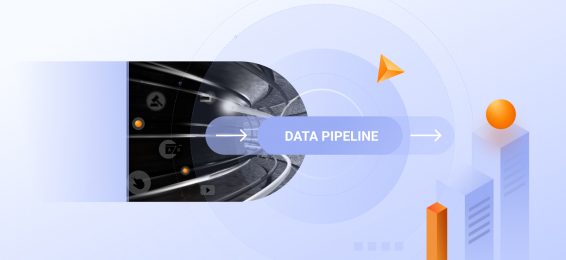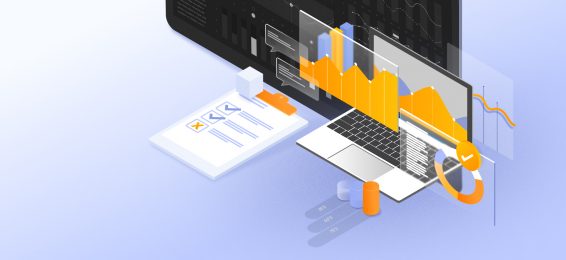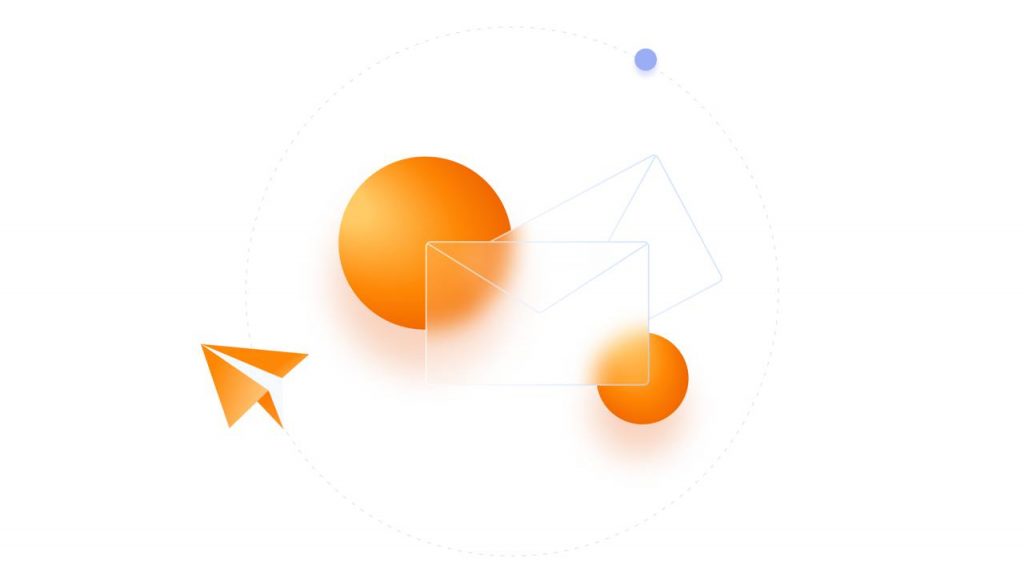What is an example of a provenance?
Data provenance refers to the documented history of data, tracking its origins, transformations, and movements throughout its lifecycle. What is provenance in practical terms? Consider a financial report that shows quarterly earnings: data provenance would document that the figures originated from transaction databases, were processed through accounting software, validated by the finance team, and finally approved by executives before publication. This provenance of data creates a complete audit trail detailing every step of the data’s journey.
Another example of provenance data exists in supply chain provenance systems, where products are tracked from raw materials through manufacturing, distribution, and retail. Provenance supply chain documentation ensures authenticity and compliance, particularly important for pharmaceuticals, luxury goods, and food safety. Similarly, in AI provenance, a model’s training data sources, algorithmic choices, and validation methods are documented to ensure reliability and ethical use.
Digital provenance has become crucial in provenance cyber security applications, where tracking the origins and modifications of software helps identify potential vulnerabilities or malicious insertions. Software provenance provides verification of code authenticity, particularly important in open-source environments where code may have multiple contributors.
What is the difference between lineage and provenance?
The data provenance vs data lineage distinction, while subtle, is important to understand. Data lineage typically focuses on mapping the flow of data through systems, showing how data moves from source to destination. It’s primarily concerned with the path data takes through various transformations.
In contrast, data provenance meaning encompasses a broader scope, documenting not just the path but also the context, including who modified the data, what methods were used, why changes were made, and when these events occurred. Think of data lineage as a map showing routes, while data provenance vs lineage adds details about the travelers, their vehicles, and the purpose of their journeys.
Data lineage and provenance together provide comprehensive visibility into data’s history. While lineage answers “how did data get here?”, provenance answers “what happened to the data at each step, by whom, and why?” This distinction explains why data providence (a common misspelling of provenance) is considered more comprehensive than simple lineage tracking.
What is the data provenance problem?
The data provenance problem refers to the challenges in accurately and completely capturing, storing, and utilizing provenance information. As data volumes grow and systems become more complex, maintaining comprehensive provenance tracking becomes increasingly difficult.
Key challenges include:
- Granularity: Determining the appropriate level of detail to capture without overwhelming systems.
- Standardization: Lack of universal standards for provenance metadata across different platforms and organizations.
- Completeness: Ensuring no gaps exist in the provenance record, especially when data crosses system or organizational boundaries.
- Performance: Collecting provenance information without significantly impacting system performance.
- Privacy: Balancing transparent data origination documentation with privacy requirements.
Model provenance faces particular challenges in AI systems, where tracking the influence of each training data point becomes computationally intensive yet is crucial for explaining model behavior and bias.
What is the difference between data governance and data provenance?
Data governance and data provenance serve complementary but distinct purposes in data management. Data governance establishes the framework of policies, procedures, and standards for managing data assets. It defines who can take what actions, on what data, in what situations, using what methods.
Define data provenance, by comparison, as the implementation of systems to track and record the actual history of data as it moves through the organization. While governance sets the rules, provenance documents compliance with those rules and provides the evidence needed for auditing purposes.
Data governance might establish that customer data modifications require approval from specific roles, while data provenance would record each actual modification, who made it, who approved it, and when it occurred. Governance creates the plan, while provenance documents the execution.
In provenance tracking implementations, governance policies often dictate what provenance information must be captured and how it should be maintained. What is provenance in cyber security contexts? It’s the practical implementation of governance policies requiring verification of code and data origins before deployment to production environments.
Together, governance and provenance create a comprehensive approach to data management that ensures both forward-looking control and backward-looking accountability.



